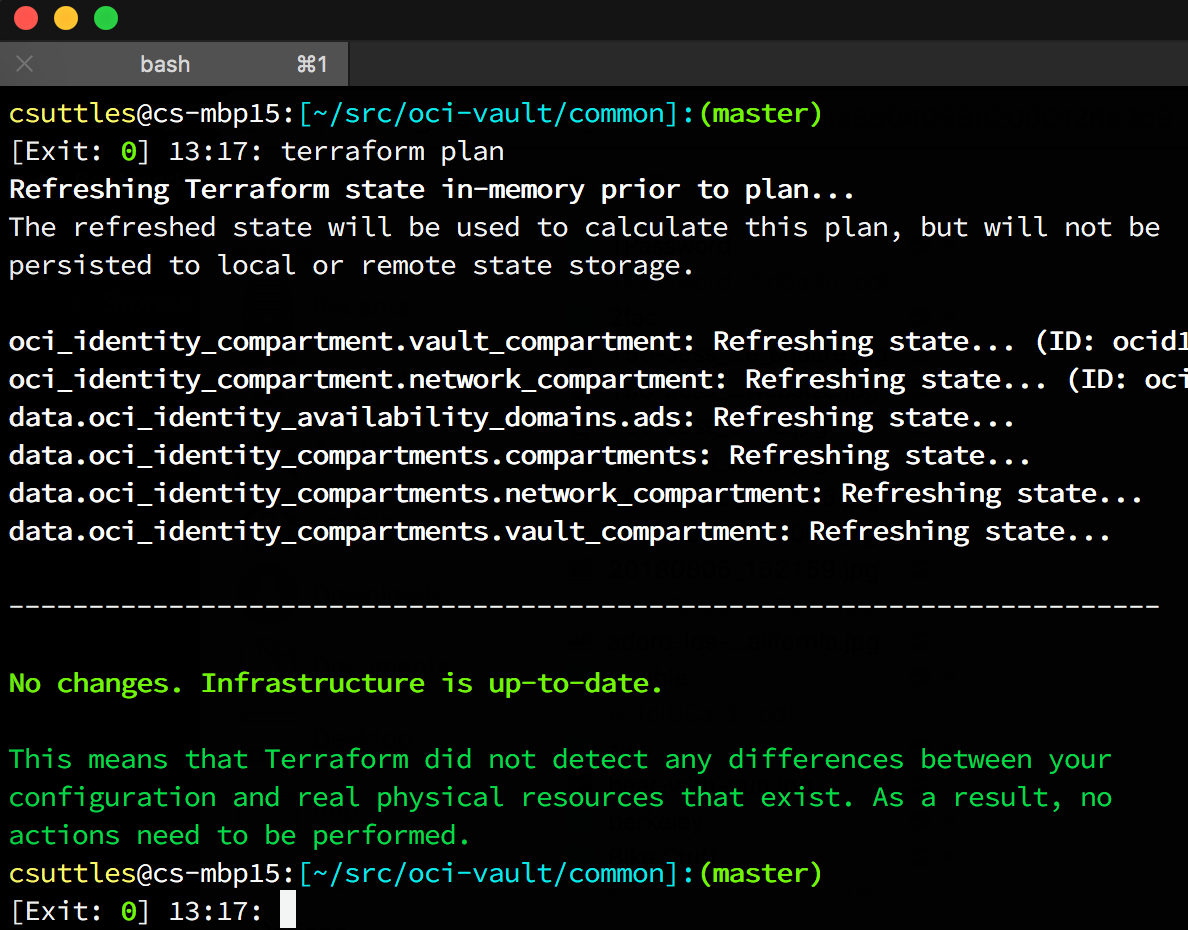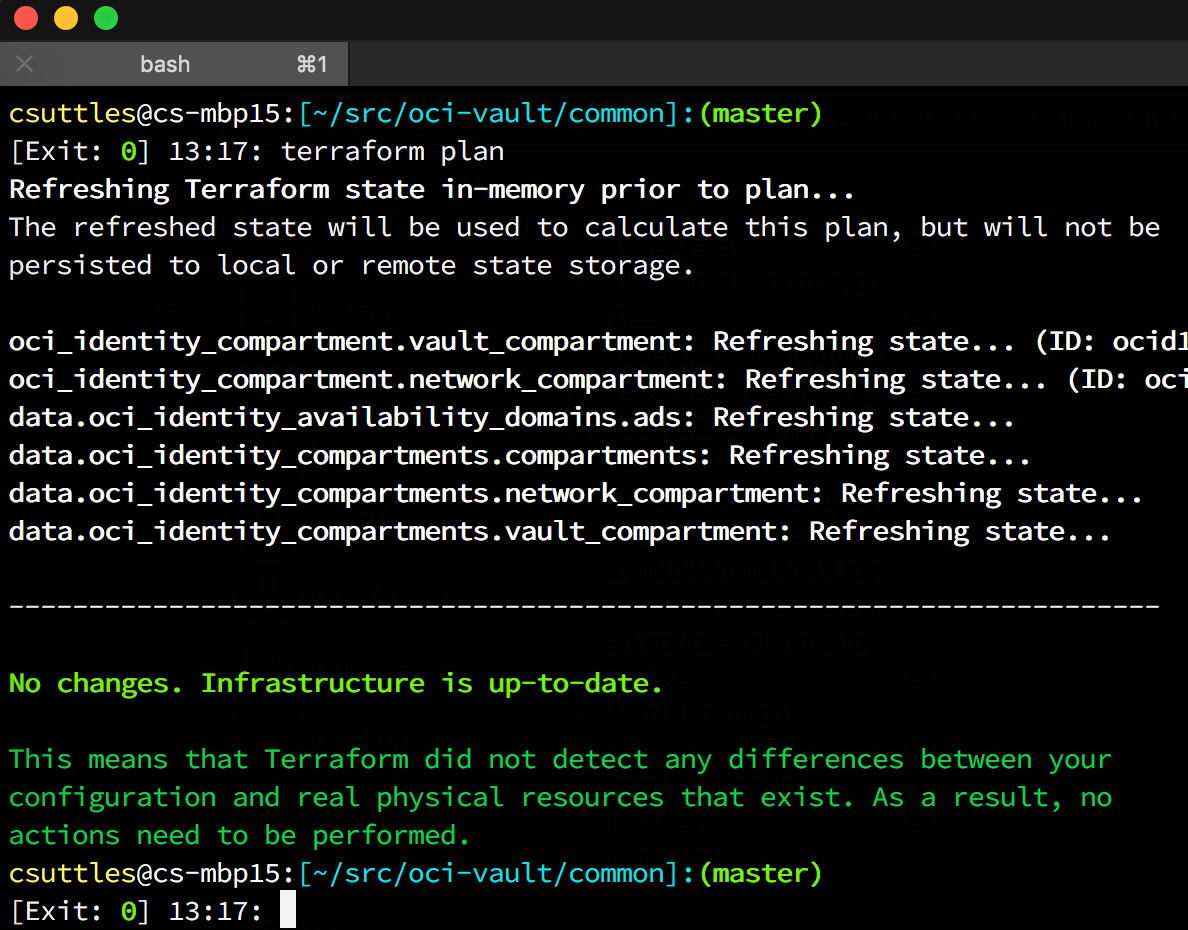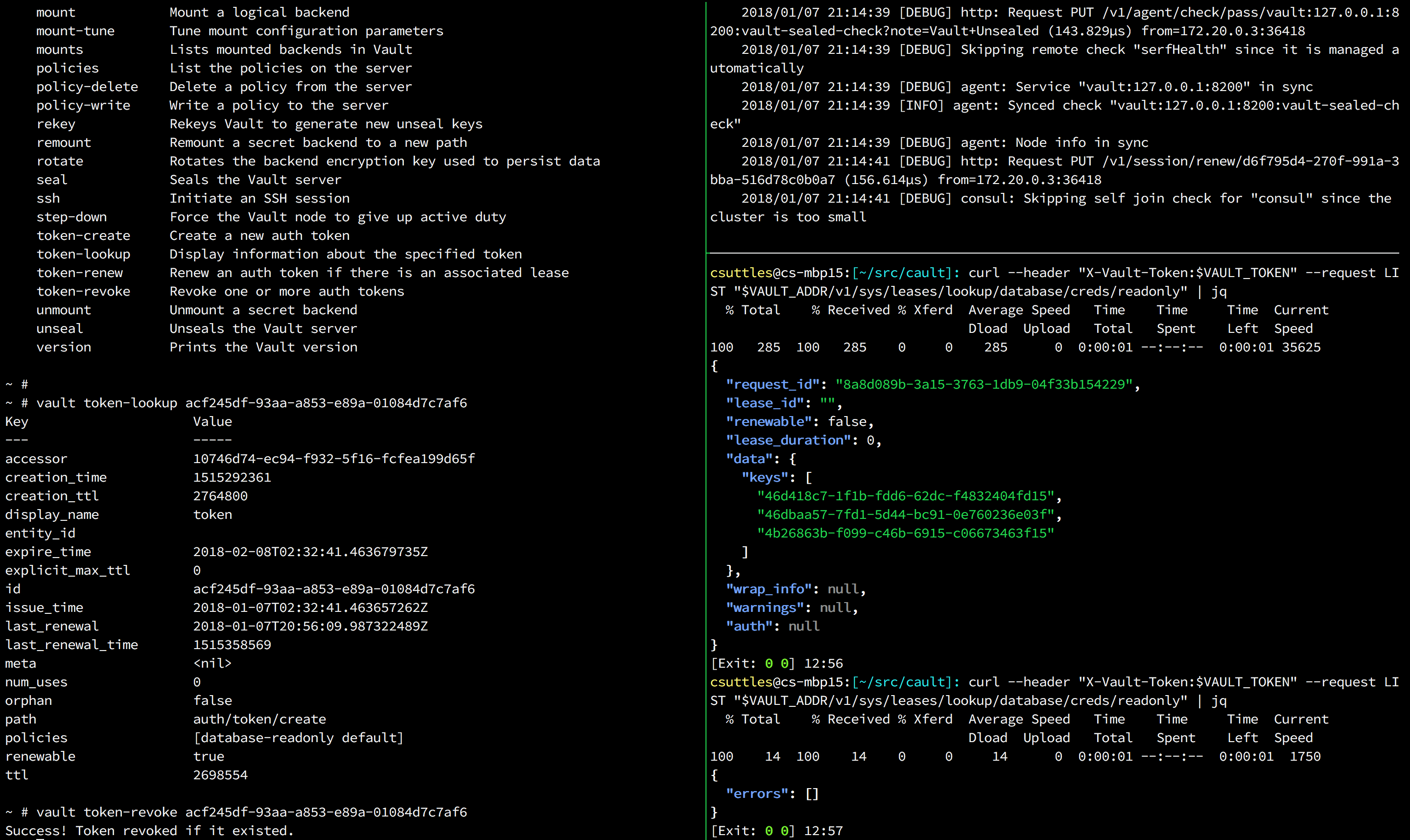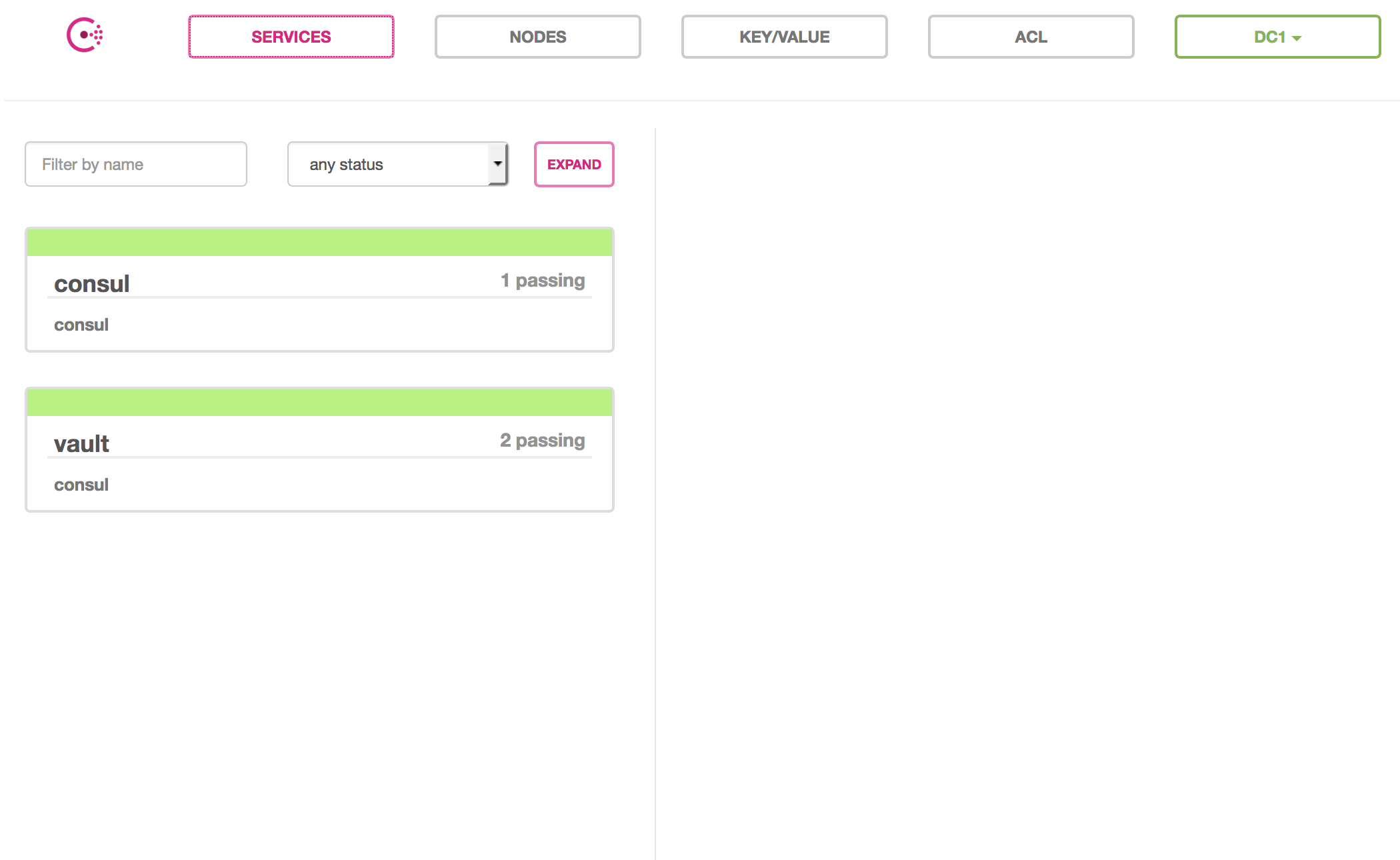This post is the last in a series on deploying the Hashicorp recommended architecture for a single DC deployment of Vault on Oracle Cloud Infrastructure (OCI). Here are some related links:
https://github.com/csuttles/oci-vault/ (the code for all of this) http://blog.csuttles.io/getting-started-with-terraform-on-oracle-cloud-infrastructure-oci/ (intro) http://blog.csuttles.io/building-hashicorp-vault-in-oci-part-i/ (part i) http://blog.csuttles.io/building-hashicorp-vault-in-oci-part-ii/ (part ii) http://blog.csuttles.io/building-hashicorp-vault-in-oci-part-iii/ (this article) Create Vault Nodes In the previous articles in the series, we built out prerequisite resources, including compartments, a VCN, subnets, seclists, and finally consul servers.





